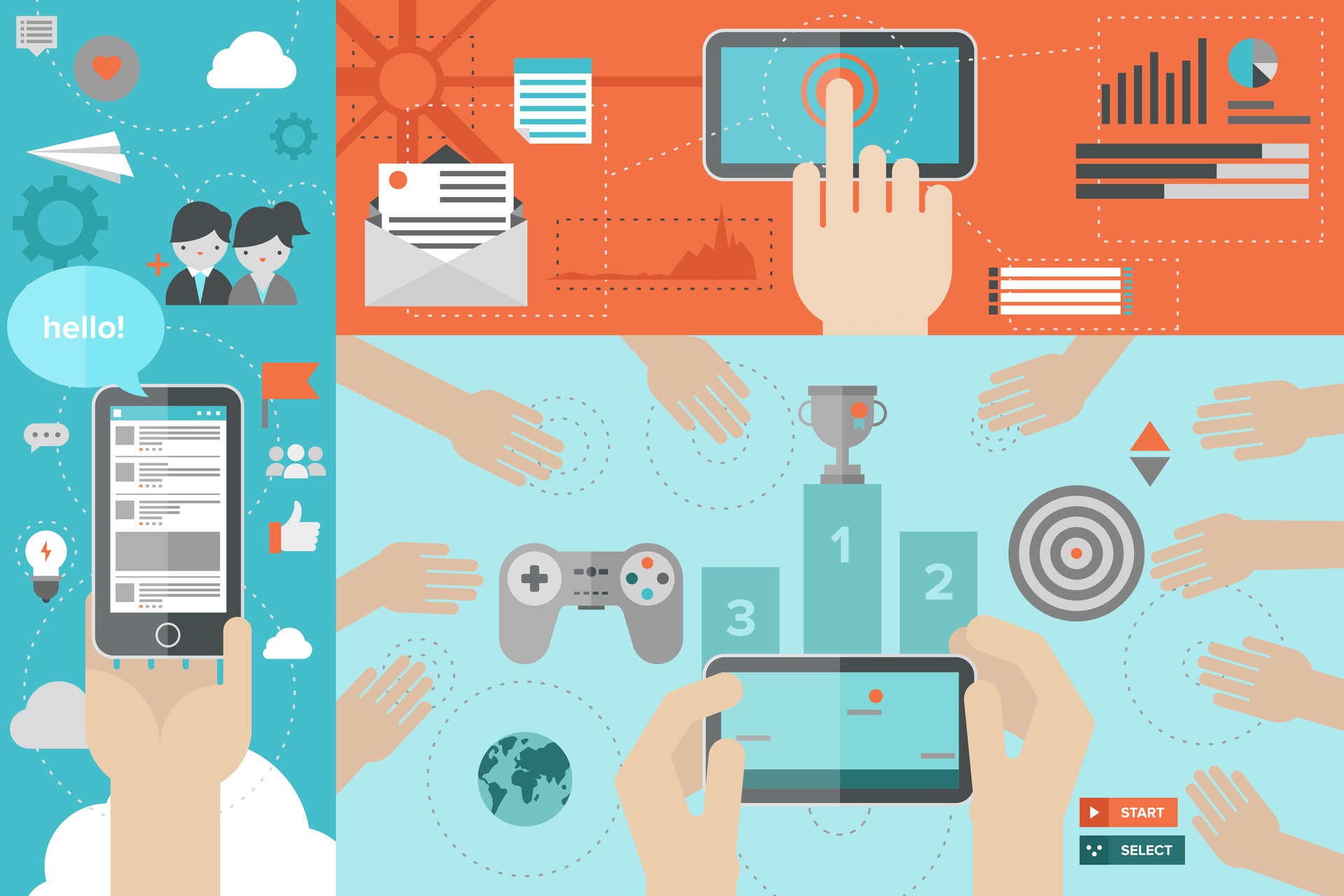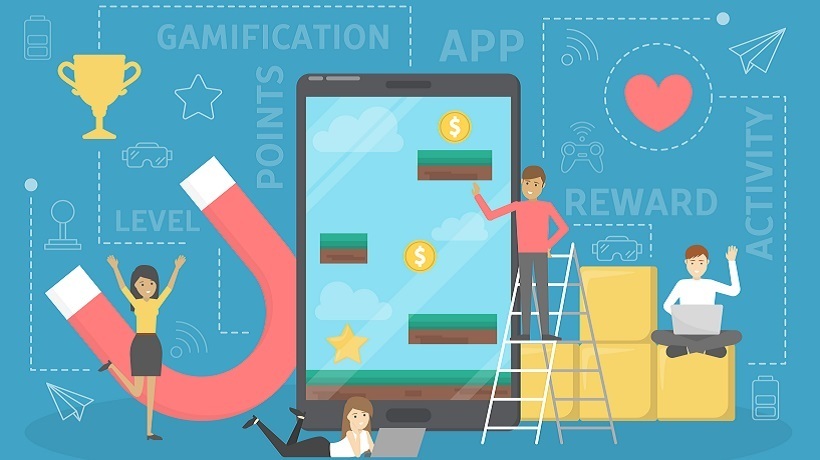How To Use Gamification Effectively
Gamification doesn’t just apply to video games. It’s everywhere. Teachers use it to educate students. Companies use it to incite sales, and organizations use it to motivate and engage employees. Gamification is a great tool, but some things need to be considered for it to be effective in the workplace. Keep reading to learn more.
What Is Gamification?
Gamification is the use of game mechanics to encourage learners to explore and learn as they move toward an end goal. In a learning environment, the result isn’t about winners and losers, or even how your learners play the game. It’s about promoting desired behaviors toward learning outcomes.
The Pros Of Gamification
Let’s look at the pros of gamification in the eLearning space.
1. Boosts Learner Engagement
Who doesn’t like to play? Even as adults, our basic instinct to play doesn’t lessen. Scrolling through slides, clicking next occasionally, and listening to long lectures do not make for a very engaging process. Engaged employees are generally more productive in their job. Gamification transforms boring eLearning courses into engaging and interesting experiences.
Games encourage friendly competition among colleagues. They make learners feel proud completing a course after a series of gamified challenges and tasks. When learners feel emotionally connected to the content, their retention increases. Gamification makes learners want to achieve the learning objectives of a course. They want to know what comes next.
2. Provides Instant Feedback
As learners progress through the game, receiving instant feedback, whether negative or positive, is a huge plus. It keeps them moving forward in their learning progress. Tying feedback to the learning objectives allows learners to monitor their progress throughout the game. It motivates them and makes them want to complete the game successfully.
Leaderboards are another way of offering additional feedback. It lets learners see how they are doing compared to their colleagues.
3. Increases Motivation With Features Such As Badges
Motivation is the driving force that makes learners want to get to the end of the game and complete the learning. Badges are used as rewards at checkpoints throughout the game. They can be as simple as a sticker or more fancy, like a Starbucks gift card for the first 100 employees to complete the game successfully.
Badges can be displayed within the game or on the company’s website. They are a great technique because they make the user feel important and skilled. Badges give learners a sense of accomplishment.
The Cons Of Gamification
Now let’s look at the cons.
1. Expensive To Develop
Games take longer to develop than traditional Instructional Design. Time is money. It doesn’t take much to go over budget because of the extra demand on time. Not to mention, the cost of additional resources used to enhance the gameplay. Animations, graphics, stock photos and videos, music, and sound effects all cost money.
2. Diminished Value Over Time
Not only are games costly to develop, but they are also costly to maintain. It doesn’t take long for cool games launched a few years ago to look dated. An outdated game may lead employees to question if the content is outdated as well.
Another disadvantage is the reference value of a game. Games are pretty much one-and-done, meaning that once a learner has completed the game, they don’t want to repeat it if they need to reference some content. Depending on the content, a quick reference may also need to be created in addition to the game. This, of course, increases the cost of the project.
3 . Games That Are Only Poorly Masked Quizzes
Games are meant to be fun. Who enjoys taking quizzes and tests? Creating interactive, fun games that don’t feel like quizzes pretending to be games takes time and creativity. Assessments in games need to link back to the learning objectives, just like any other eLearning course.
Collecting points or stars may not be enough to motivate adult learners. Tokens, badges, or in-game prizes need to be meaningful for the learner. However, successfully navigating a series of workplace challenges presented in an eLearning course could be so. Real-life scenarios, situations, and challenges that relate to the job are more effective than traditional quizzes and tests.
Conclusion
Games in the workplace are a great tool if used properly. Be careful, though. Not everything needs to be gamified. Instructional Designers need to consider the pros and cons before jumping into game development. Ensuring that it fits with the learning outcomes will lead to a successful game.
Editor's Note: Are you looking for more ways to incorporate games into your online training strategy? Check out our ultimate guide, "Put It Into Practice: Tips To Use Training Games For Experiential Learning." With practical tips and guidance on how to use games to create engaging and memorable learning experiences for your team, this eBook will help you change the way learners see training. Learn all about the benefits and techniques, and choose the right training games for your needs. There’s also a step-by-step guide to walk you through the design process. Download your copy today to provide hands-on experience and mitigate workplace risks.










